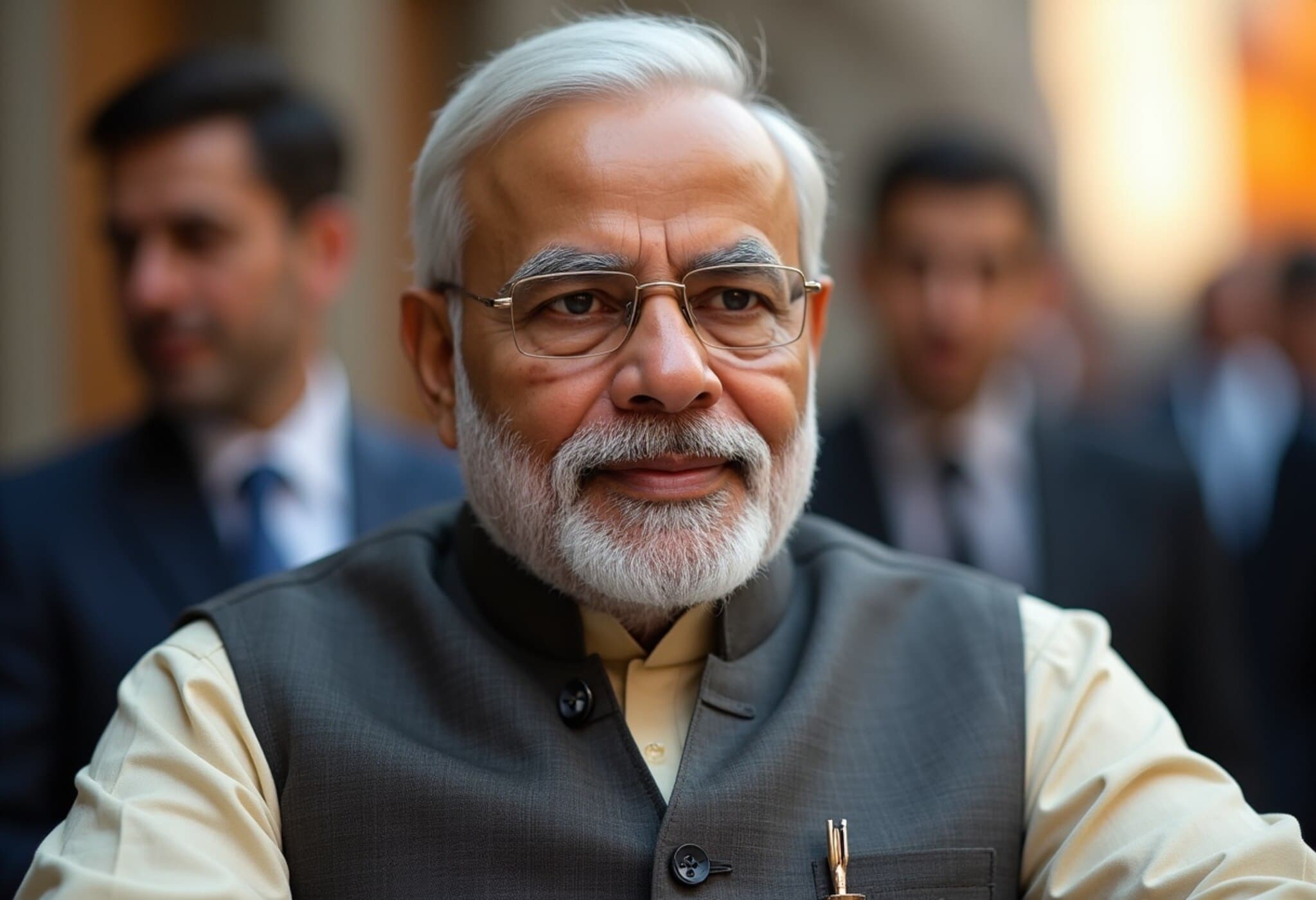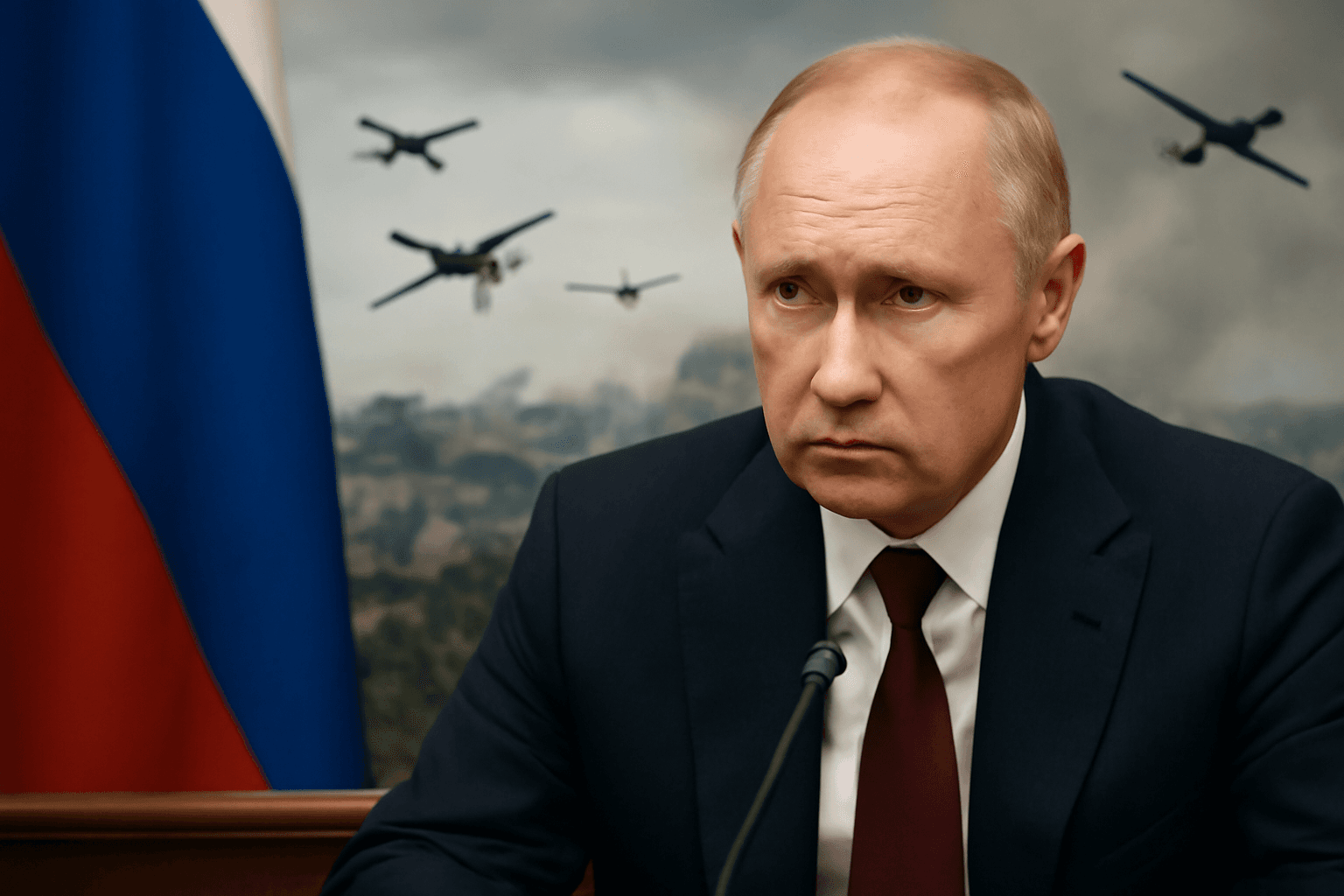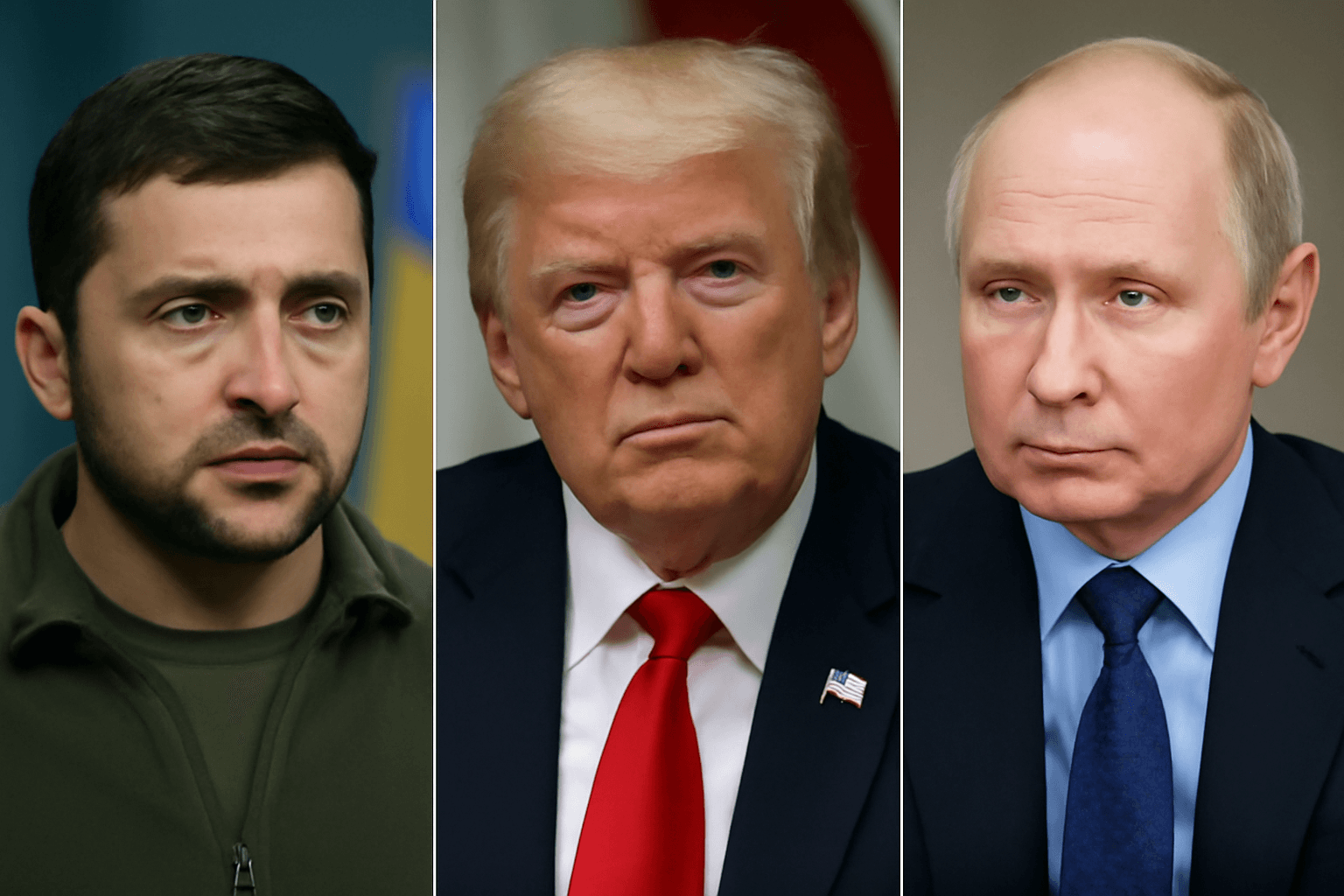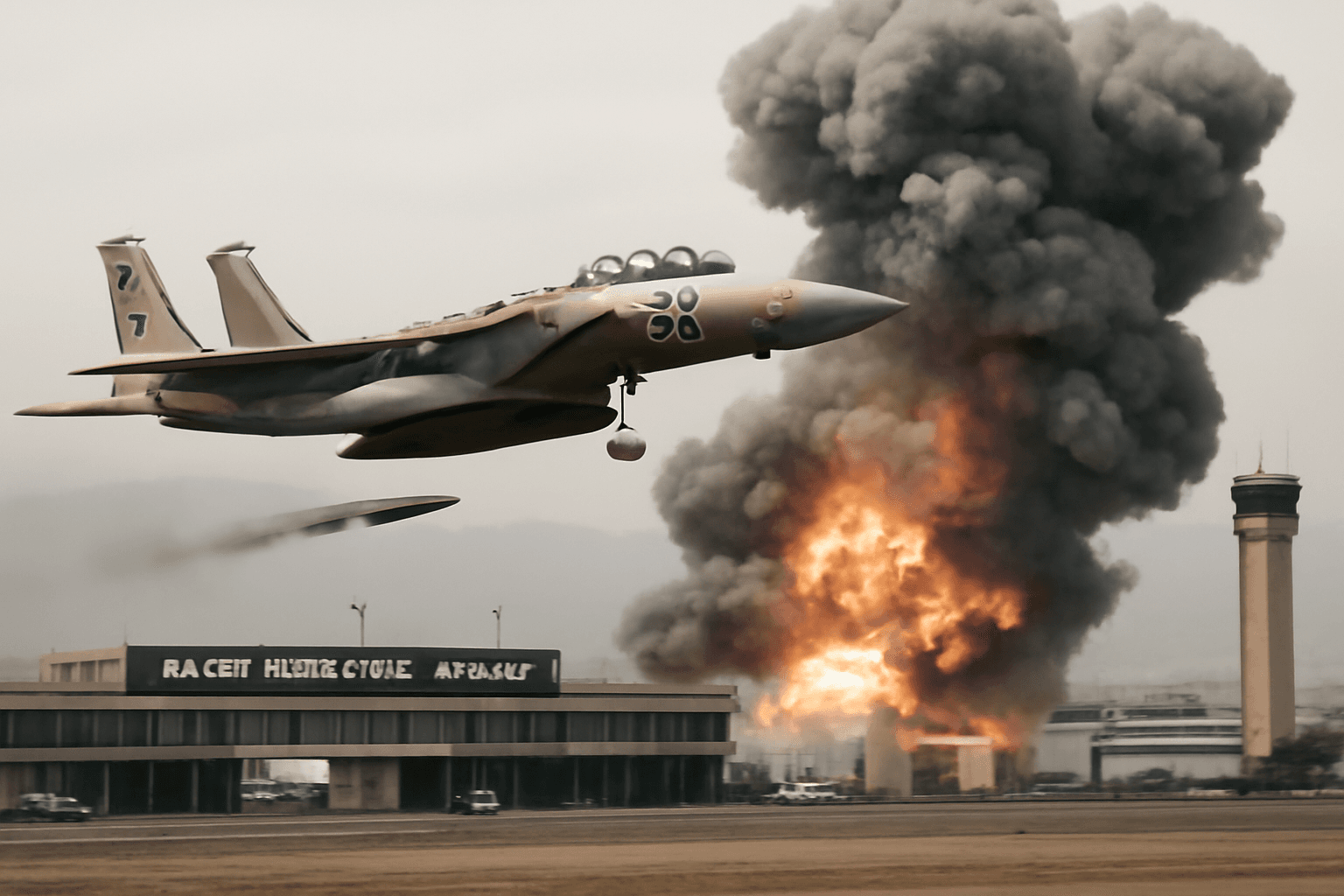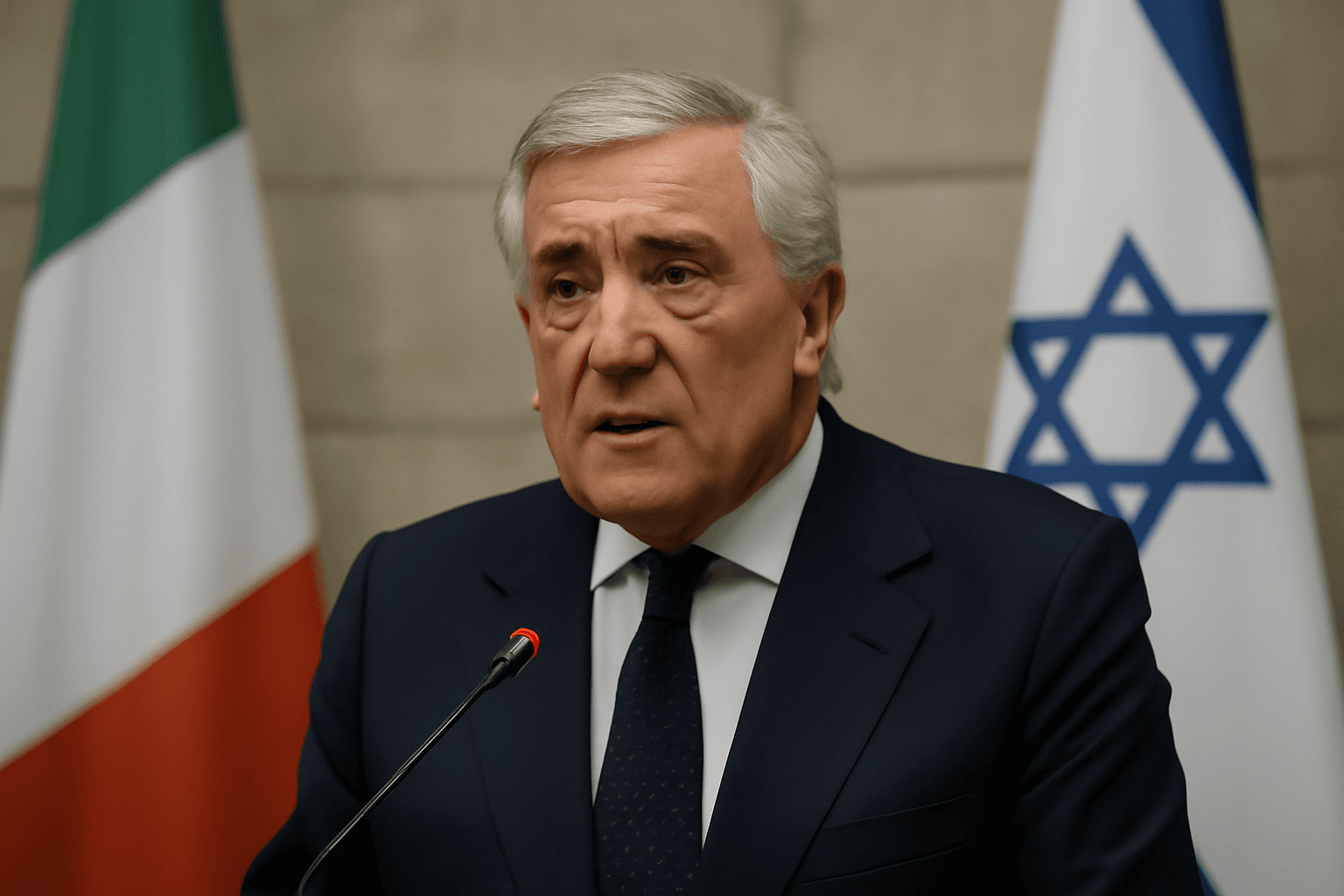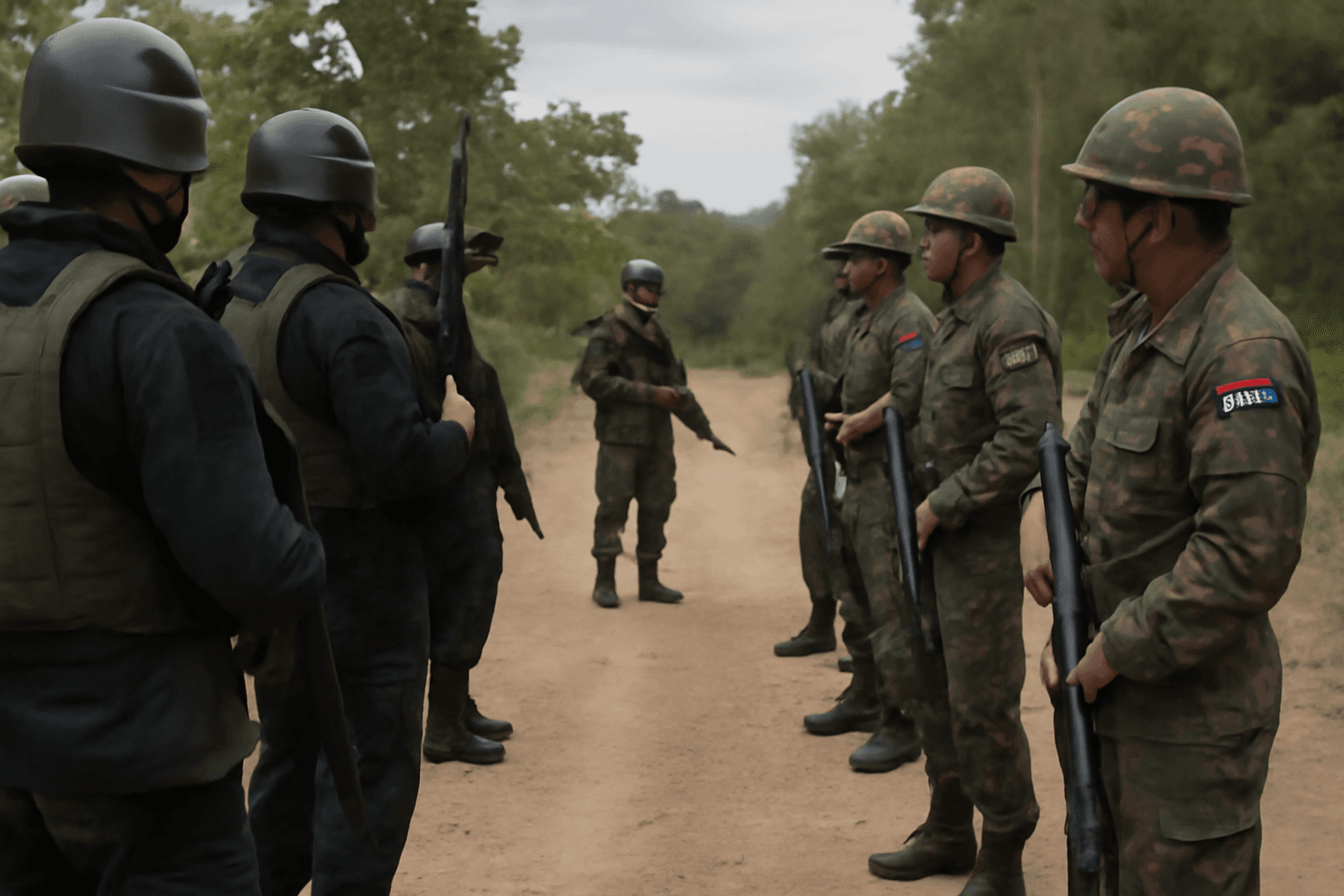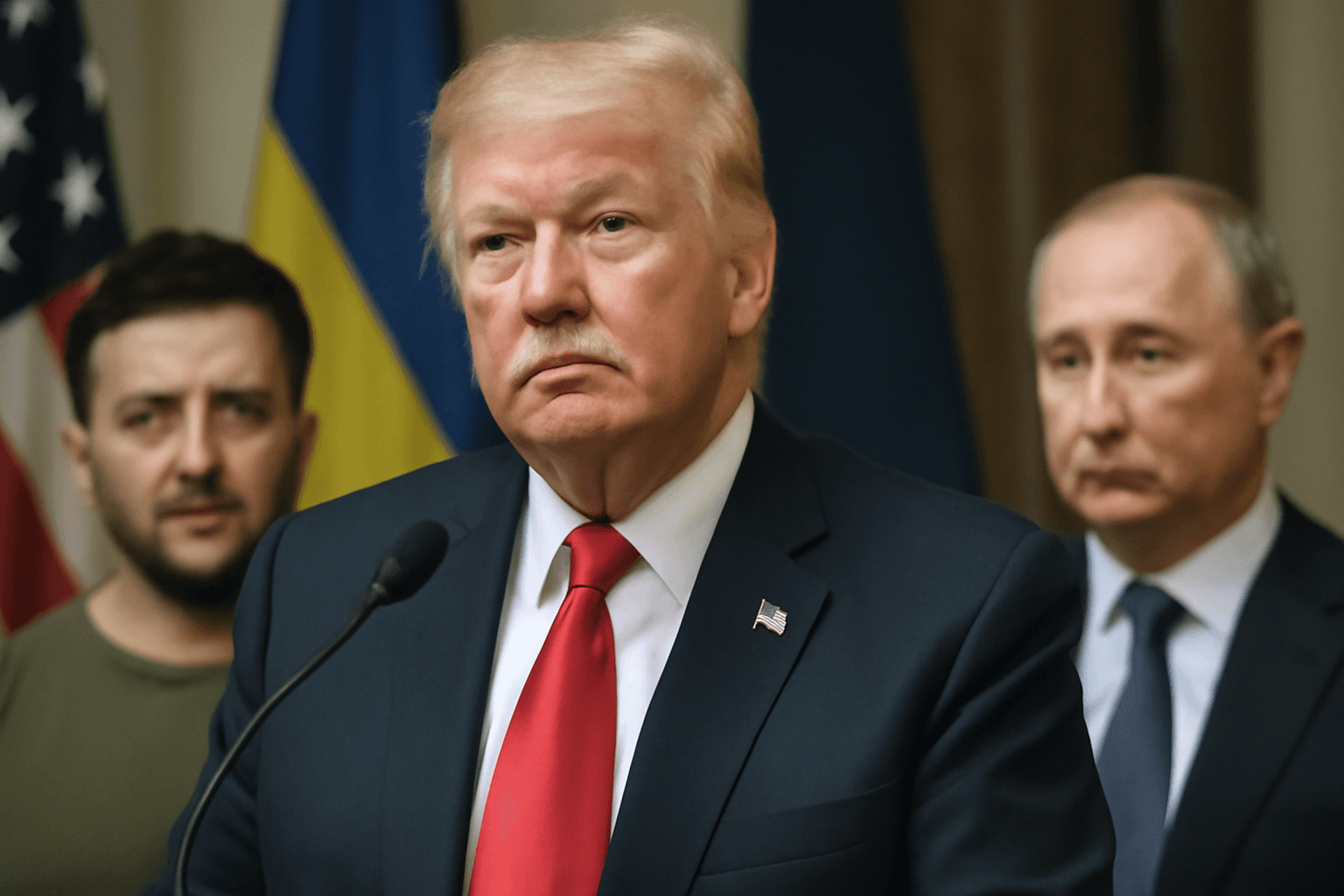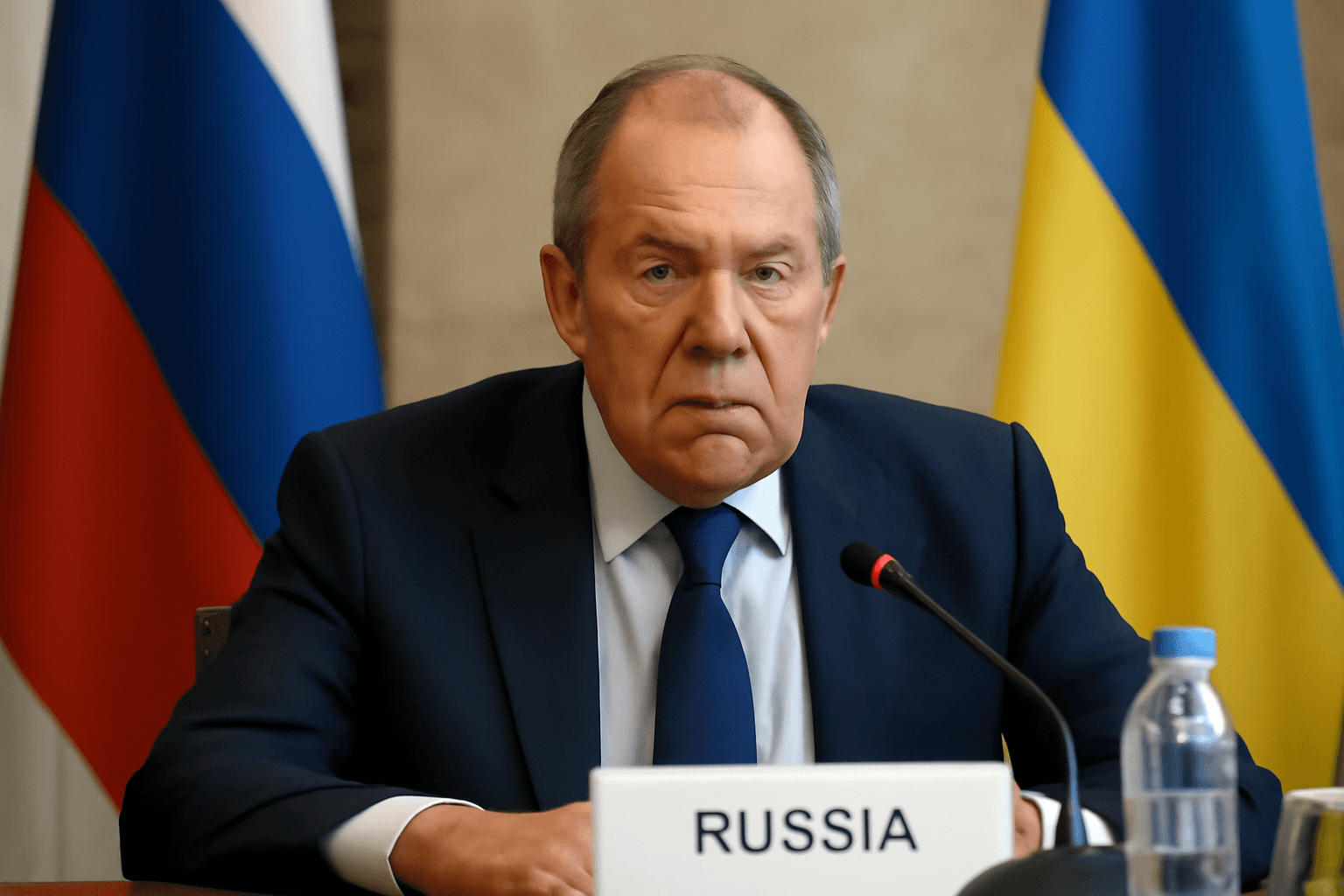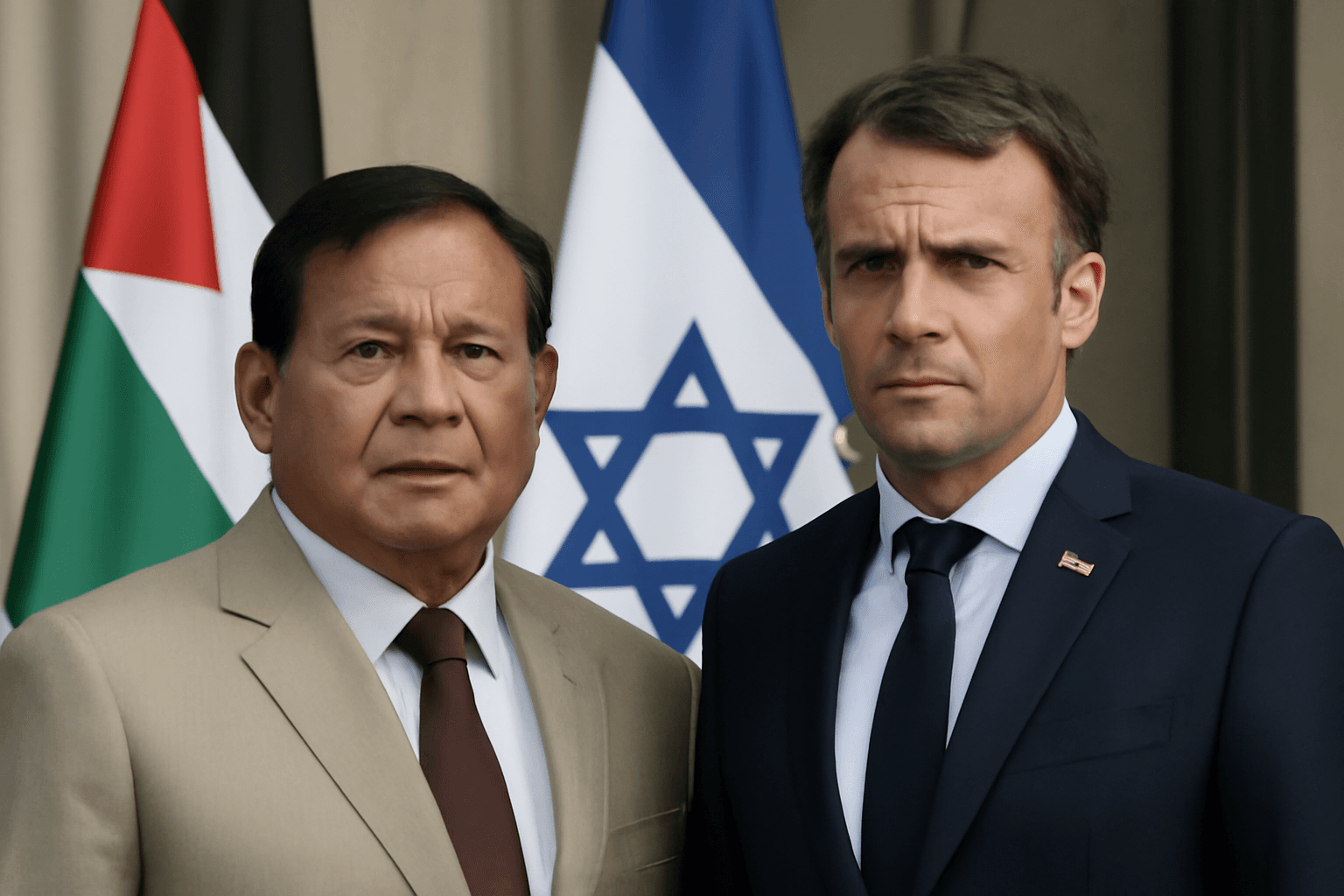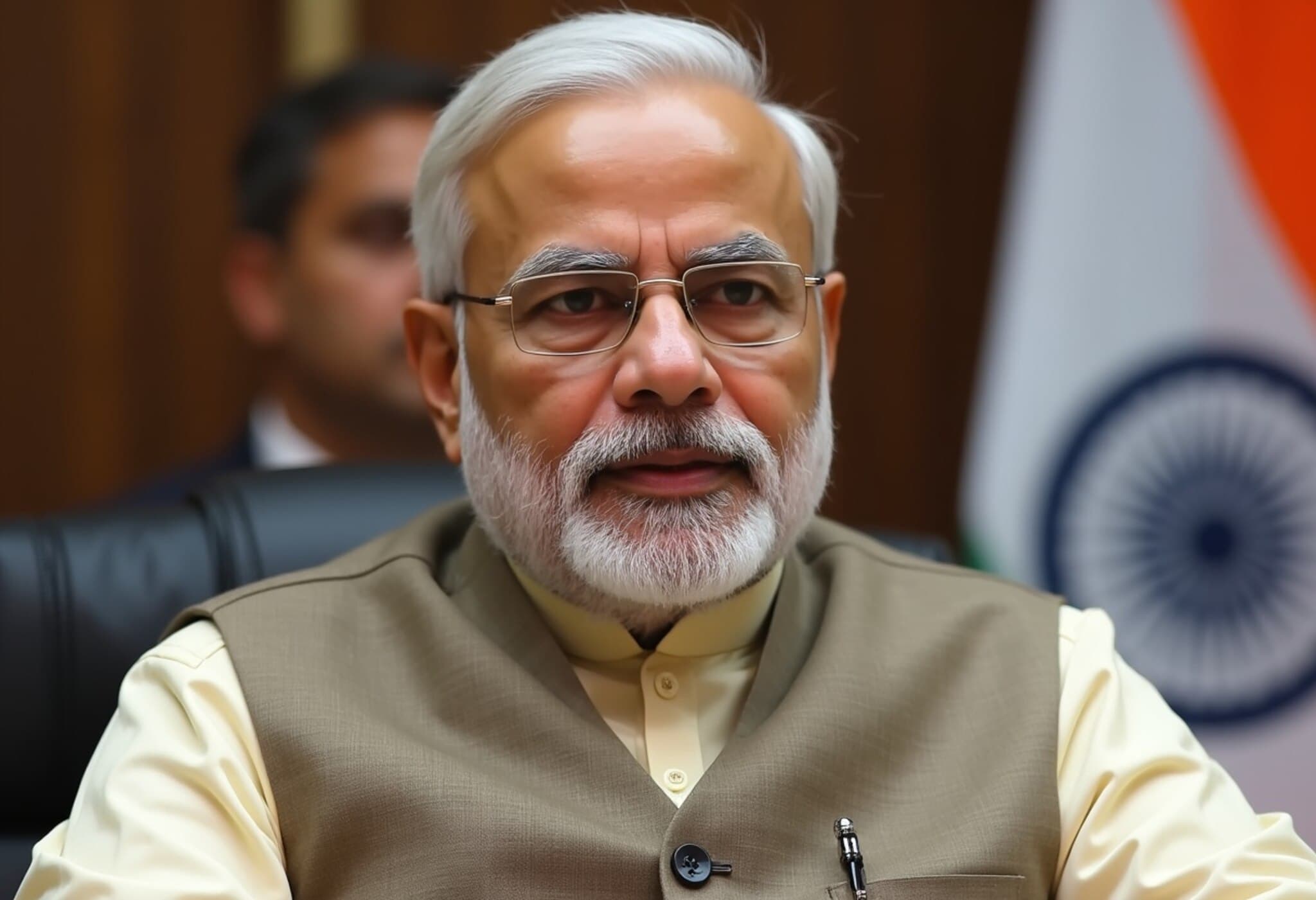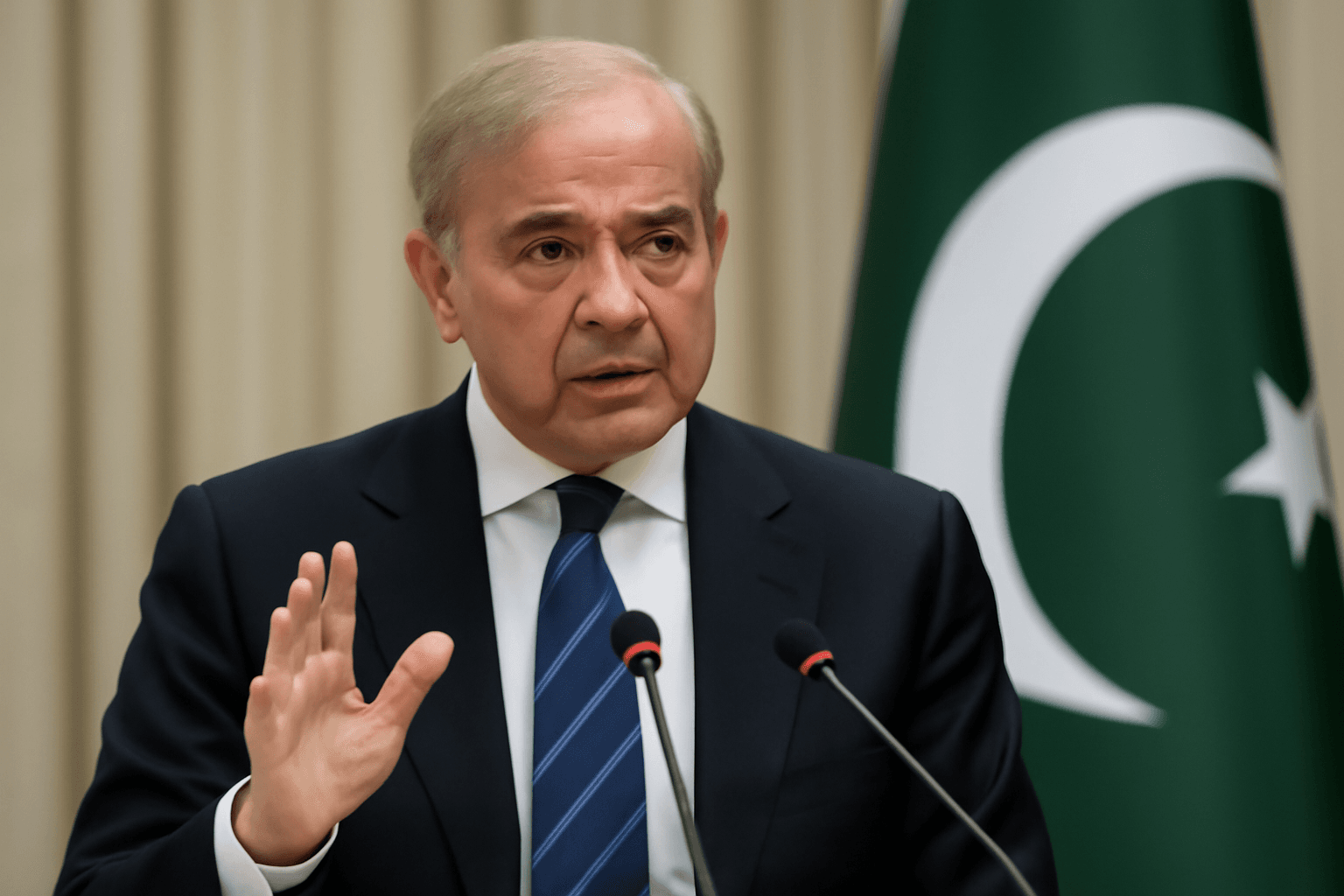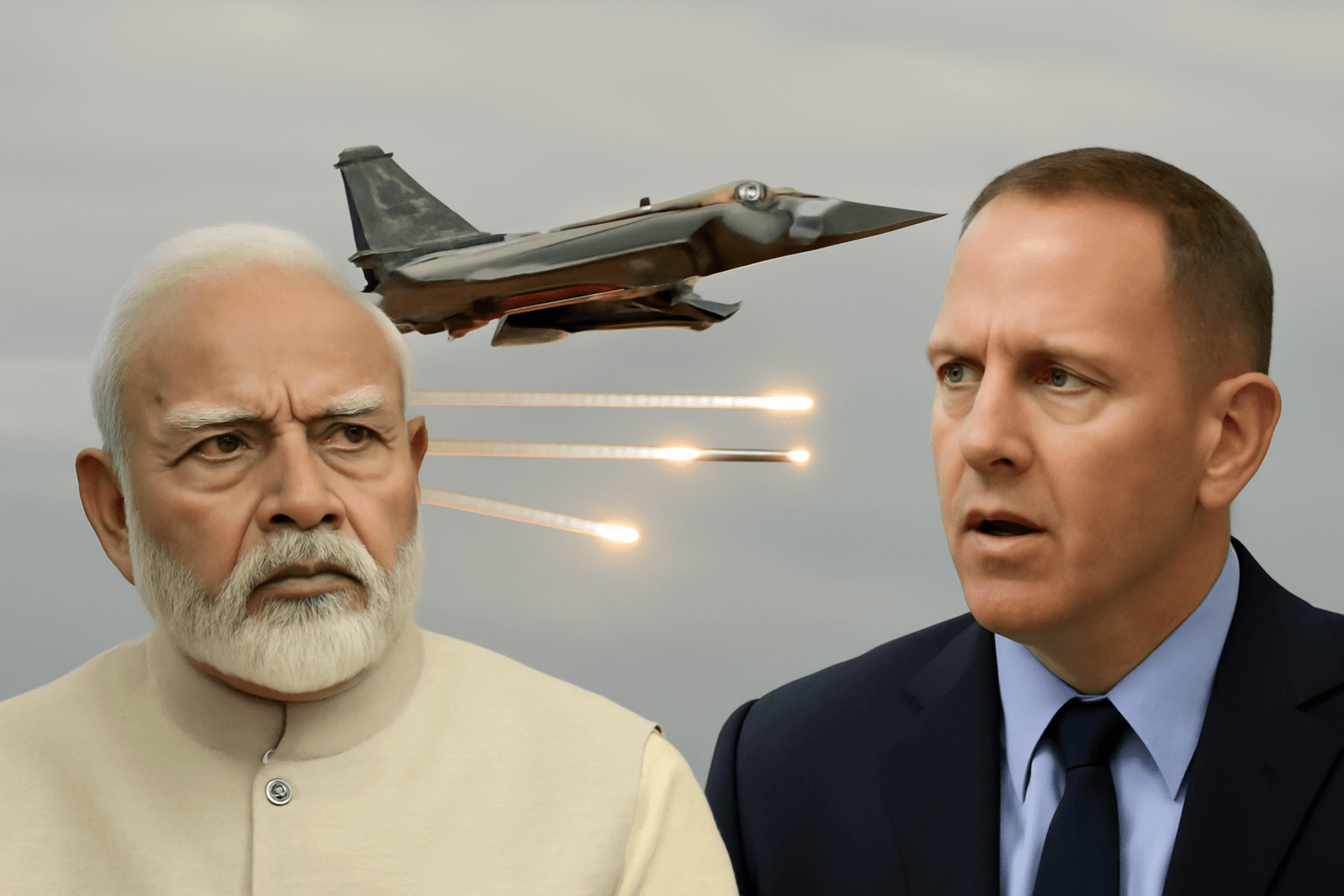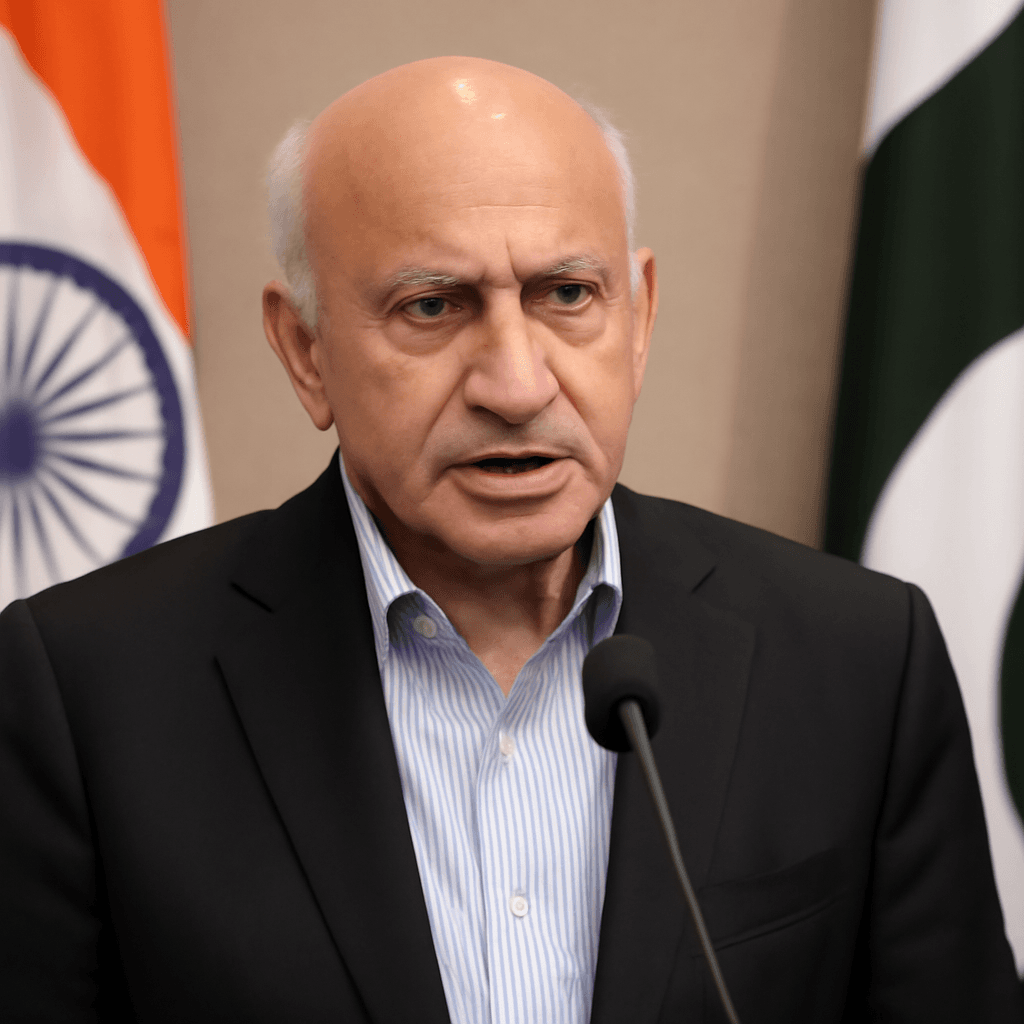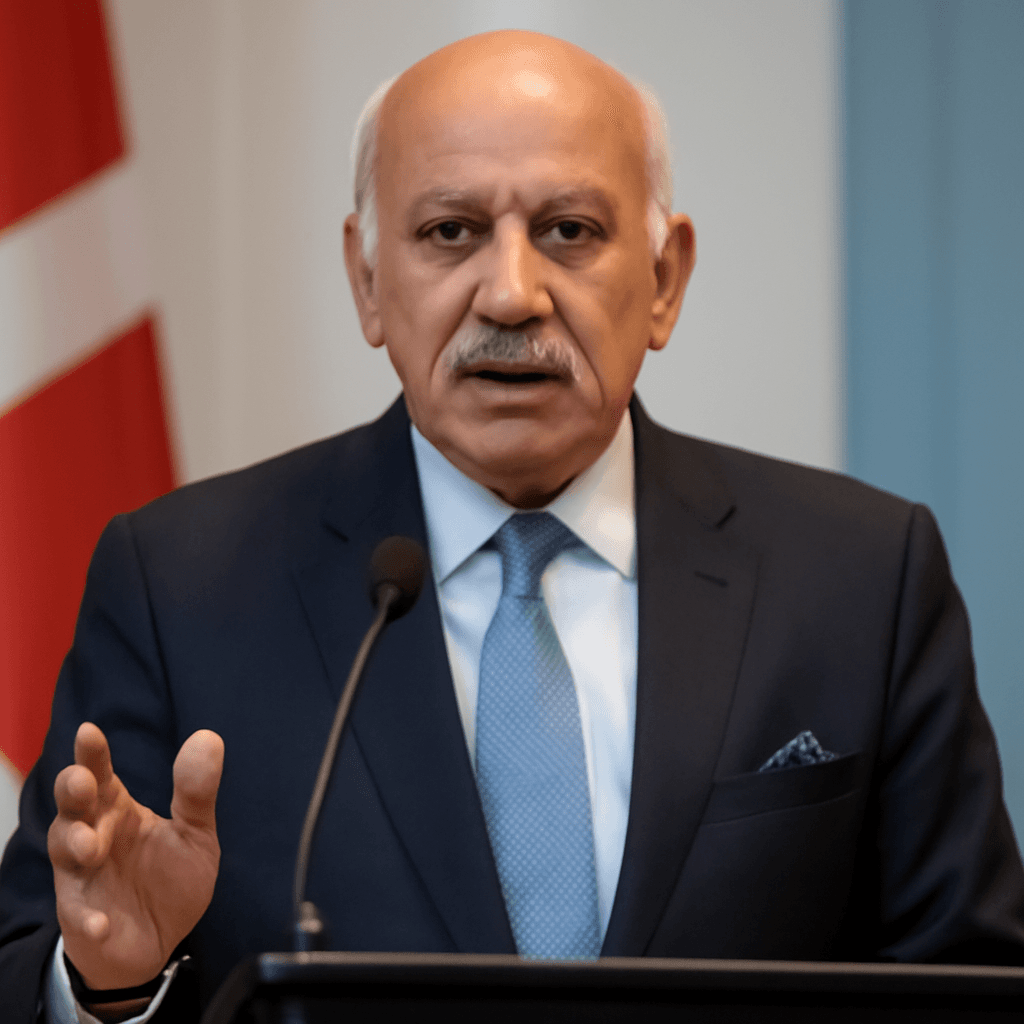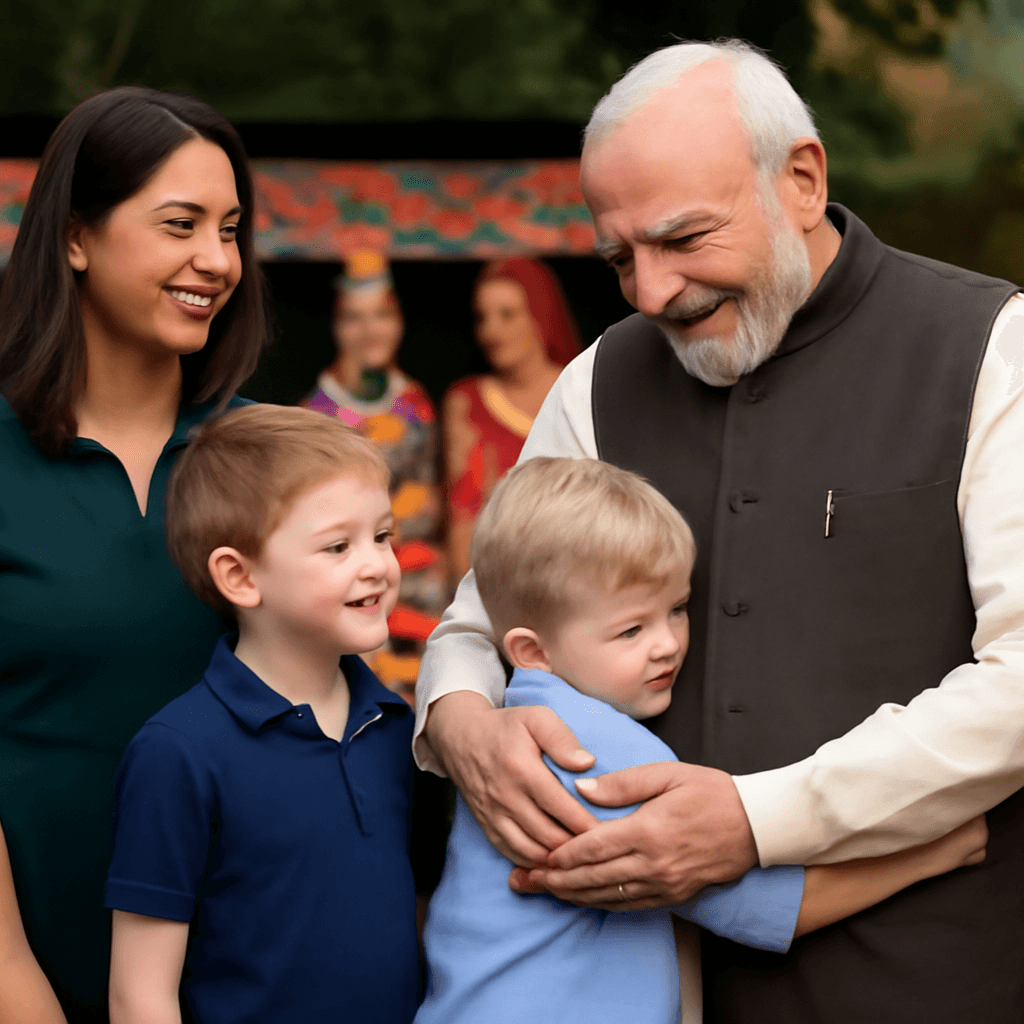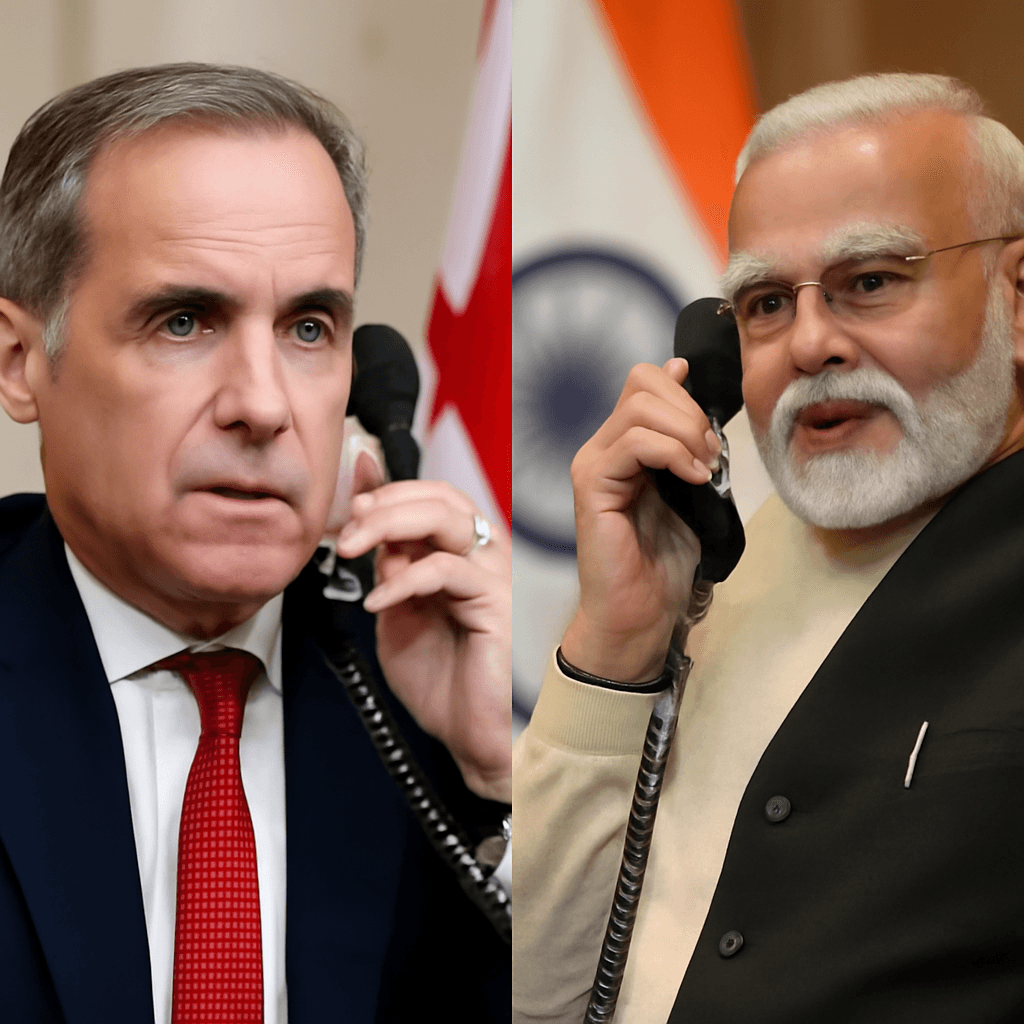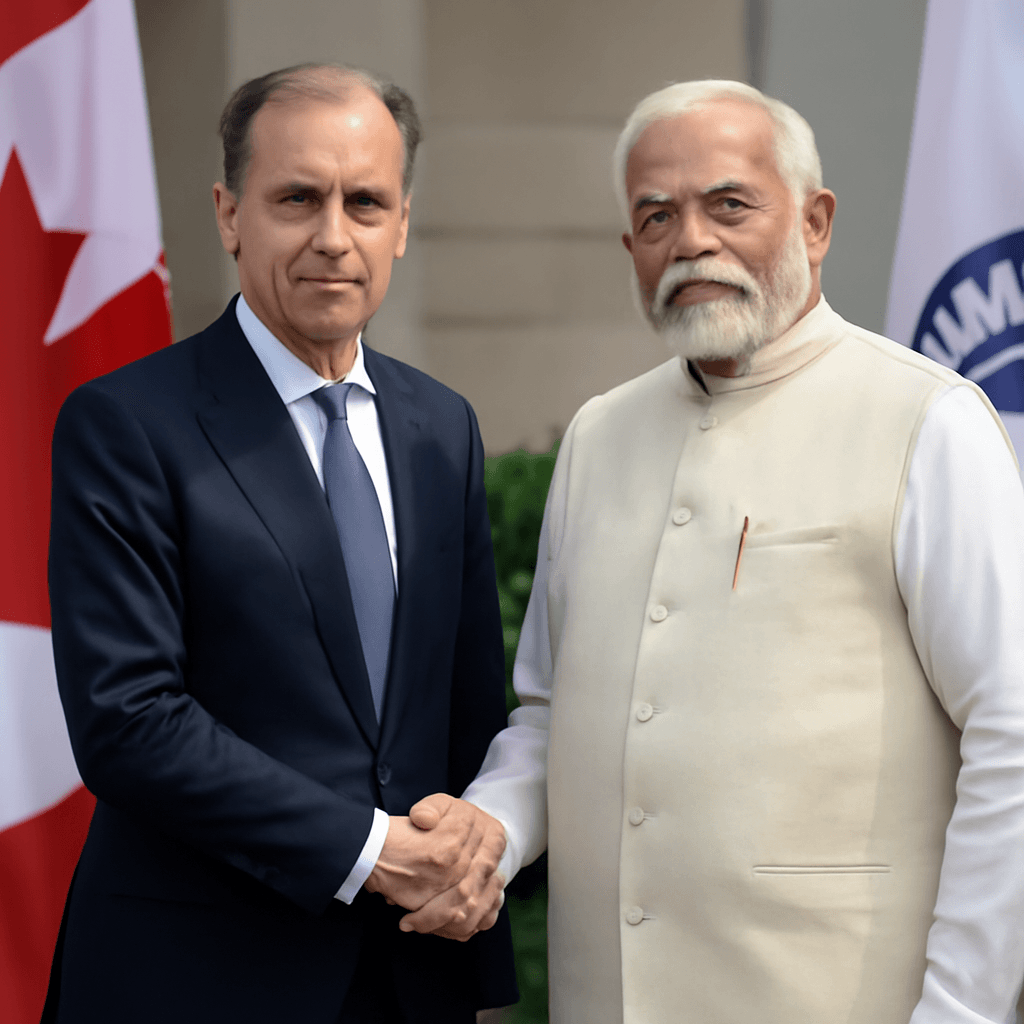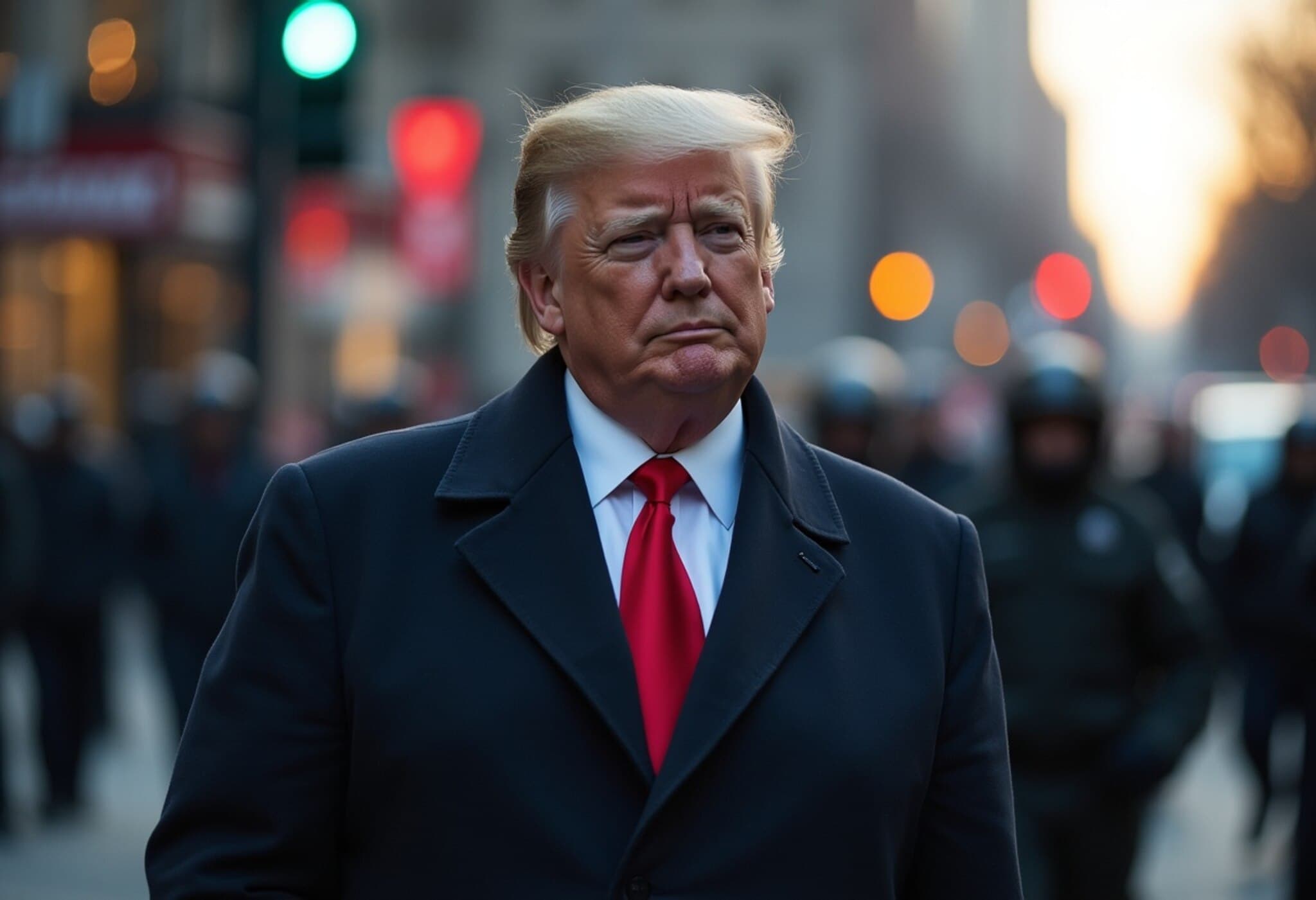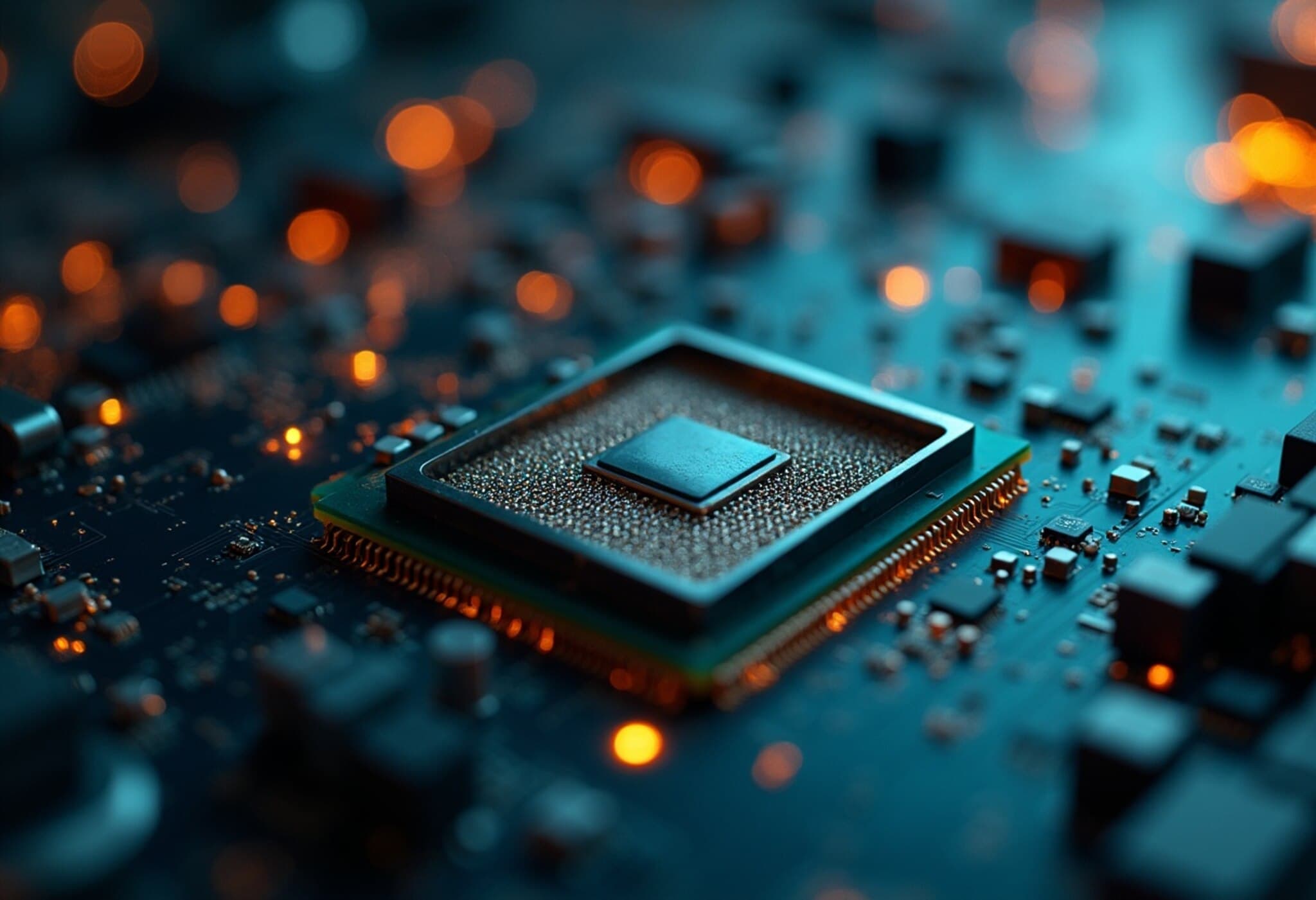Will Prime Minister Narendra Modi Visit the US Soon?
As global political dynamics shift rapidly, speculation mounts over whether Indian Prime Minister Narendra Modi will make an official visit to the United States next month. This potential trip would mark Modi's second to the US since President Donald Trump took office, signaling the continued significance of Indo-US relations. However, several complex factors currently shape this diplomatic possibility.
1. The Ukraine Crisis and Its Diplomatic Ripple Effects
On August 12, 2025, Ukrainian President Volodymyr Zelenskyy announced plans for a personal meeting with PM Modi at the upcoming United Nations General Assembly (UNGA) session in September. This public reveal on social media underscores the urgent diplomatic calculus both leaders face amid ongoing conflict. Although India’s official response remains pending, Modi is expected to be among the headline speakers at the UNGA.
"I had a long conversation with the Prime Minister of India. We discussed in detail all important issues – both of our bilateral cooperation and the overall diplomatic situation," Zelenskyy tweeted. "I am grateful to the Prime Minister for his warm words of support for our people."
This engagement indicates how India’s position in the Ukraine crisis could influence its broader relationship with the US, especially as Washington pushes for a unified front against Russian aggression.
2. The Trump-Putin Summit: A Potential Game-Changer
Adding geopolitical complexity, a high-profile meeting is slated between US President Donald Trump and Russian President Vladimir Putin in Alaska later this week. Intended to advance Russia-Ukraine ceasefire talks, the outcomes of this summit are likely to reverberate through multiple international alliances.
For PM Modi, the trajectory of the Trump-Putin discussions could heavily impact his decision to visit the US. Should strides be made towards easing tensions, the bilateral agenda between India and the US may gain new momentum, paving the way for high-level diplomatic exchanges.
3. The Trade Dispute and Tariff Tensions
Underlying much of the diplomatic uncertainty are unresolved trade disputes between the two largest democracies. President Trump’s administration has imposed a 25% tariff on Indian imports in response to New Delhi’s continued purchase of Russian oil, straining economic ties.
With the sixth round of trade negotiations expected to take place in Delhi soon, the outcomes here will be pivotal. A breakthrough could help reset relations, making a US visit by PM Modi more feasible. Conversely, stalled talks may prolong tensions, with economic grievances casting a shadow over diplomatic goodwill.
The Bigger Picture: Why Modi’s US Visit Matters
At its core, Modi’s prospective US visit sits at the intersection of global security, energy geopolitics, and economic strategy. For the US, India remains a vital partner in balancing China’s assertiveness and maintaining stability in the Indo-Pacific. For India, balancing relationships with both the US and Russia is a nuanced diplomatic art amid shifting alliances.
Experts suggest that Modi’s next moves will signal India’s broader geopolitical priorities. As the world watches, these decisions may redefine the contours of 21st-century diplomacy.
Editor’s Note
Though tentative, the possibility of PM Modi’s US visit spotlights the intricate dance of international relations where diplomacy, conflict, and commerce intertwine. Observers should watch the upcoming Trump-Putin summit and the trade negotiations closely, as their outcomes will not only influence India-US ties but also global stability. In an era where alliances are fluid, India’s balancing act offers a case study in strategic diplomacy with real-world ramifications.
Key questions remain:
- Can India maintain equidistance between Russia and the US without jeopardizing vital interests?
- Will trade disputes derail diplomatic progress or serve as leverage for deeper cooperation?
- How might the UNGA discussions on Ukraine pivot India’s international stance?
These developments bear watching for anyone invested in global affairs, economic futures, and the evolving face of international leadership.

